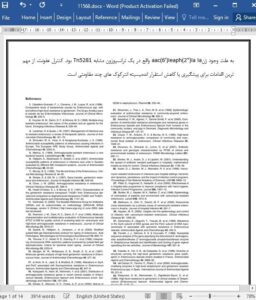We studied 45 isolates of Enterococcus faecalis with high-level gentamicin resistance (HLGR), all but one concomitantly resistant to ciprofloxacin, and 25 ciprofloxacin-resistant isolates without HLGR for genetic relatedness using pulsed-field gel electrophoresis (PFGE). E. faecalis were isolated from patients admitted to intensive care units at eight hospitals in southern Sweden from December 1996 through December 1998. Genomic analysis by PFGE resulted in three clusters of genetically related isolates (designated clusters I, II and III) and 23 unique clones. Cluster I was found predominantly in the eastern and central parts of southern Sweden and clusters II and III in south-western Sweden. Among the 45 isolates with HLGR, 69% belonged to cluster I, 20% to cluster II, and 11% had unique PFGE patterns, which suggests that the majority of isolates with HLGR are closely related. Among the 25 ciprofloxacin-resistant isolates without HLGR, 68% had unique PFGE patterns, 12% belonged to cluster I and 20% to cluster III, which suggests the ciprofloxacin-resistant isolates are not related. All isolates with HLGR contained the aac(6′)Ie-aph(2″)Ia gene, which was carried on a Tn5281-like transposon in all isolates except one. We conclude that HLGR in E. faecalis was mainly due to dissemination of genetically related clones during the time studied, and that HLGR in these isolates was due to the presence of the aac(6′)Ie-aph(2″)Ia gene.
Introduction
During recent decades, nosocomial infections caused by enterococci have become increasingly common in many countries.1,2 Although enterococci have often been considered to be pathogens with low virulence, they are also known to cause serious infections such as bacteraemia and endocarditis.
Discussion
Our results indicate dissemination of genetically related E. faecalis isolates, with HLGR among patients in Swedish ICUs. This could be one explanation for the higher frequency of E. faecalis isolates with HLGR that was seen in our study compared with earlier Swedish reports .5,6











